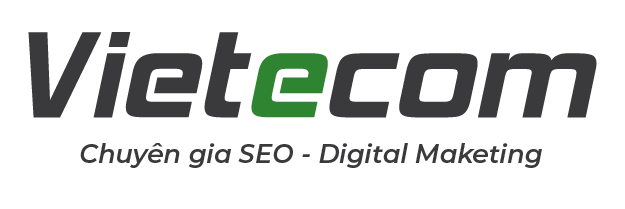Did you know that 70% of marketers actively invest in content marketing, yet many struggle to create content that converts into leads or even sales?
Creating content that converts isn’t just about putting words on a page.
It’s about truly understanding your audience, addressing their problems, and guiding them toward action.
Whether it’s getting them to sign up for your newsletter, purchase a product, or engage with your services, the key is to offer solutions that meet their needs and drive results.
In this article, you will learn 7 steps on how to write content that converts and builds stronger customer relationships!
Let’s start!
What is Content That Converts?
Content that converts is created to encourage readers to take a specific action, like purchasing, signing up for a newsletter, or filling out a contact form.
Its purpose is to lead the audience toward a desired outcome.

To understand how effective your content is at driving conversions, you have to pay attention to these key metrics:
- Conversion Rate – Shows the percentage of visitors who take the desired action, such as making a purchase or signing up, compared to the total number of visitors.
- Click-Through Rate (CTR) – Measures how often users click on links or calls to action (CTAs) within your content, highlighting the effectiveness of those prompts.
- Bounce Rate – Reveals the percentage of visitors who leave your site after viewing just one page, offering insight into how engaging your content is.
7 Steps on How to Write Content That Converts and Increase Conversion by 121%
1. Learn More About Your Audience
Are you creating content that addresses your audience’s needs or just guessing what they want to read?
There’s a big difference, and it’s easy to skip this crucial step when crafting content.
To create content that converts, you need to:
- Focus on a specific audience.
- Solve a common problem or pain point your audience faces.
- Deliver actionable solutions that provide genuine value, not just information.
But to truly understand your audience’s needs, you must ask yourself:
- “What challenges do they regularly face?” and
- “What excites or makes them happy?”
For example, you can learn more about your audience by conducting surveys or polls asking about their biggest challenges.

You can also monitor social media comments, read reviews, or analyze website analytics to see which content gets the most engagement.
This approach will not only help you understand their pain points better but also strengthen your connection with them and build trust in your brand.
2. Create a Compelling Headline
The reality is straightforward: if your headline fails to capture attention, readers will not engage. Without engagement, your content will go unread, so your conversion rate will remain stagnant.
Here are some tips to help you craft more effective headlines:
- Be clear and specific – A clear headline tells readers exactly what to expect from your content, setting the right expectations from the start.
- Incorporate emotion (when appropriate) – Emotional headlines like “unlock your true potential” can boost engagement, and while they may not suit every context, they are highly effective when used appropriately.
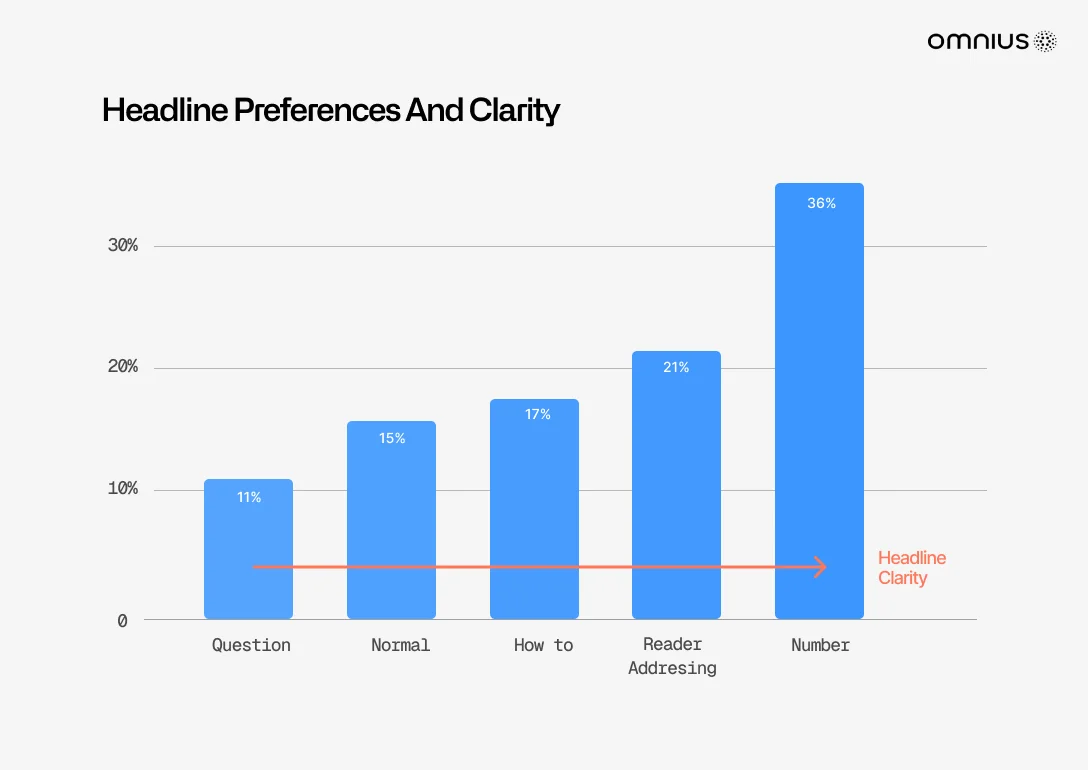
For example, this article discusses content that converts.
If we followed these steps, our potential headline could be “10 Steps to Craft Content That Turns Strangers Into Customers.”
This headline is:
- clear,
- focused, and
- uses a number to attract attention, setting clear expectations for readers.
On the other hand, here is an example of a poorly written headline: “How to Write Content Converts”
This version is unclear, unfocused, and weak in tone, making it less likely to grab attention or communicate a strong value proposition.
3. Add Interactive Elements to Your Content
Did you know interactive content can generate twice as many conversions as regular, static content?
When people actively engage with your content, they stay longer on your site, are more likely to return, and have a higher chance of converting.
Thanks to affordable or accessible content creation tools and AI, adding interactive elements to your content is easier than ever and can significantly boost your marketing efforts and conversions.
Here’s how passive vs interactive elements affect conversions:
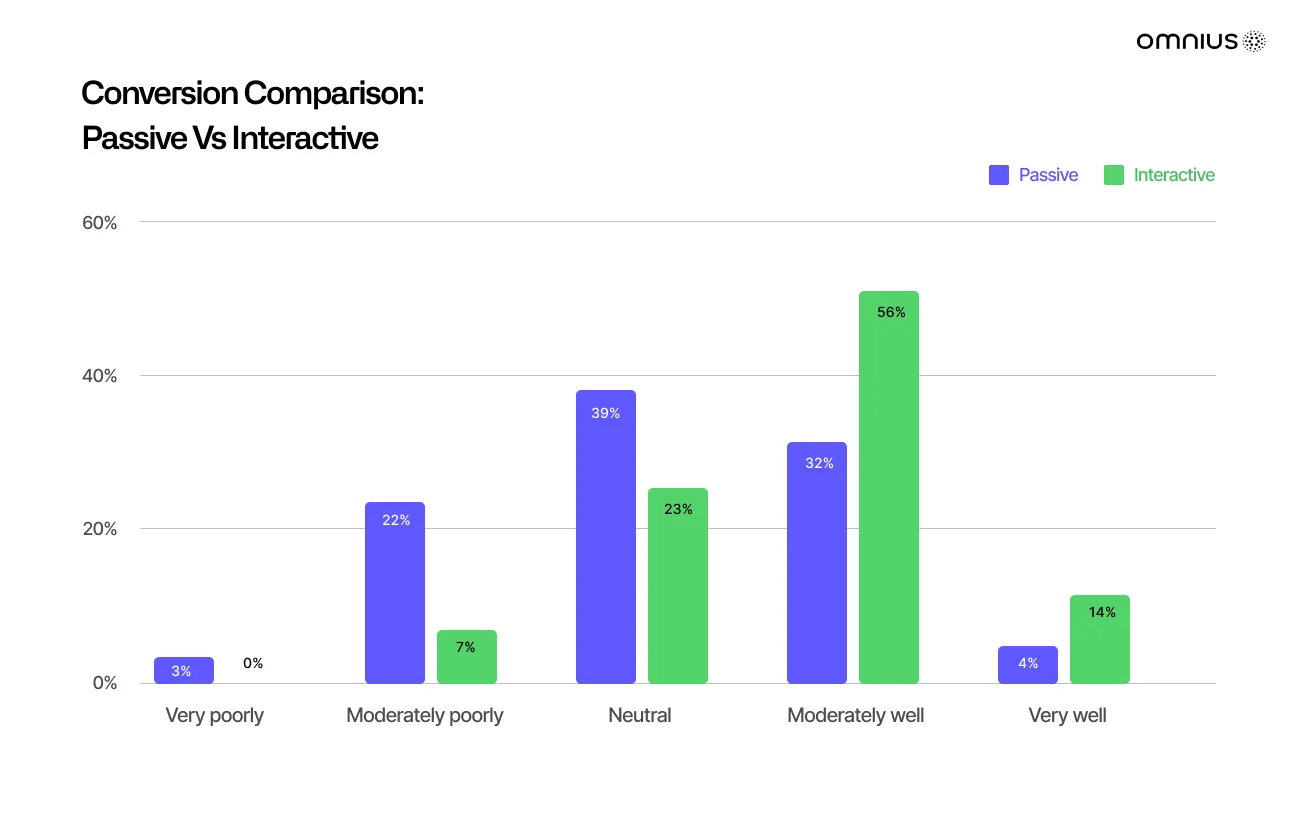
Some interactive content ideas you can implement to increase your conversions:
- Mini-games – Mini-games are highly effective during the awareness or discovery phase, helping draw attention and engage users early. For example, you can create short trivia challenges related to a brand or interactive simulations where users can simulate scenarios or product usage.
- Interactive infographics – Traditional infographics are already popular, but adding interactive elements makes them even more engaging and enjoyable for readers.
- Calculators – Adding calculators provides extra value by supporting your content’s purpose. For example, a blog about conversion rates, including a conversion rate calculator, offers a hands-on experience to keep readers engaged.
- Quizzes and polls – Quizzes and polls make readers feel heard and tap into their natural curiosity. Seeing how others voted in a survey or performed in a quiz encourages further engagement and boosts conversions.
4. Leverage Lead Magnets to Attract Leads
A simple way to increase lead generation is by including lead magnets in your content.
Lead magnets are high-value resources that readers can access by providing their email or personal information.
Most marketers avoid using them because they require some extra work to prepare.
However, when done right, lead magnets can be an effective way to engage your audience and grow your email list for future marketing efforts.
The key to a successful lead magnet is relevance.
For example, if you’re reading a blog about creating a content plan, a downloadable content calendar template would be appealing, and you’d probably be to get it.
Here, you can see some of the best-performing lead magnets you can consider including in your content:
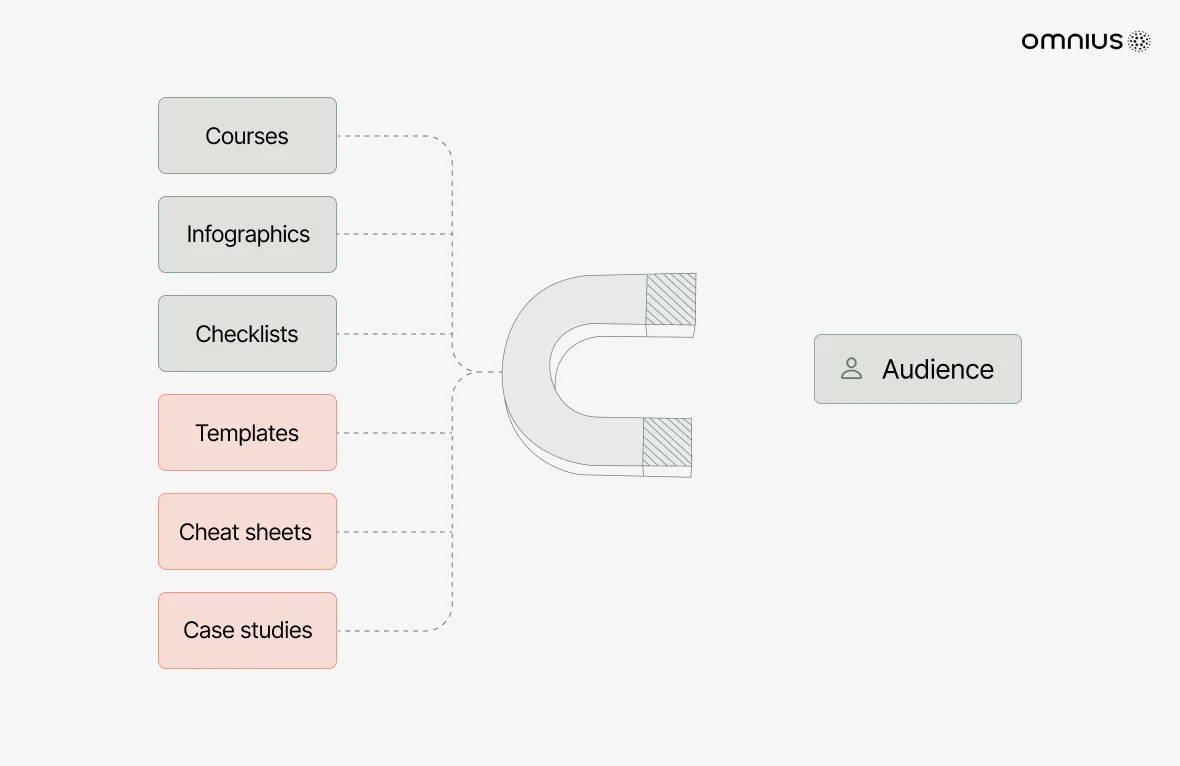
5. Enhance Your Content with Engaging Media
Images and visuals make your content more appealing and more digestible.
In fact, articles with images get 94% more views than those without, so be sure to include interactive and valuable visuals in your blog posts and other content!
But make sure those visuals are relevant.
Whenever possible, create your own visuals, graphs, charts, and avoid using branded content from other blogs to make your content more unique and engaging.

For example, you can use engaging infographics to summarize key points in your tutorials.
If your content is instructional, try incorporating a short video demonstration or step-by-step photo series, as these can enhance understanding even more than written explanations!
6. Use Effective Calls to Action
A recent survey shows that adding a CTA to your blog can increase conversions by 121%.
Here are some key elements that make CTA persuasive:
- A sense of urgency – Use phrases that create a feeling of immediate need, like “limited time offer,” to motivate quick action.
- Compelling language – Choose attention-grabbing words that resonate with your audience and encourage them to respond.
- Highlighting benefits – Clearly explain the positive outcomes users will gain by taking action, such as solving a specific problem or saving time.
- Personalization – Tailor your message to fit your audience’s needs and preferences, making it more relatable and engaging.
For example, a good CTA might look like this: ‘Start Your Free 30-Day Trial Today!‘
This is effective because it clearly states the offer, eliminates a common barrier (no payment), and creates a sense of urgency to try the product risk-free.”
Here are some additional examples of good vs bad CTAs:
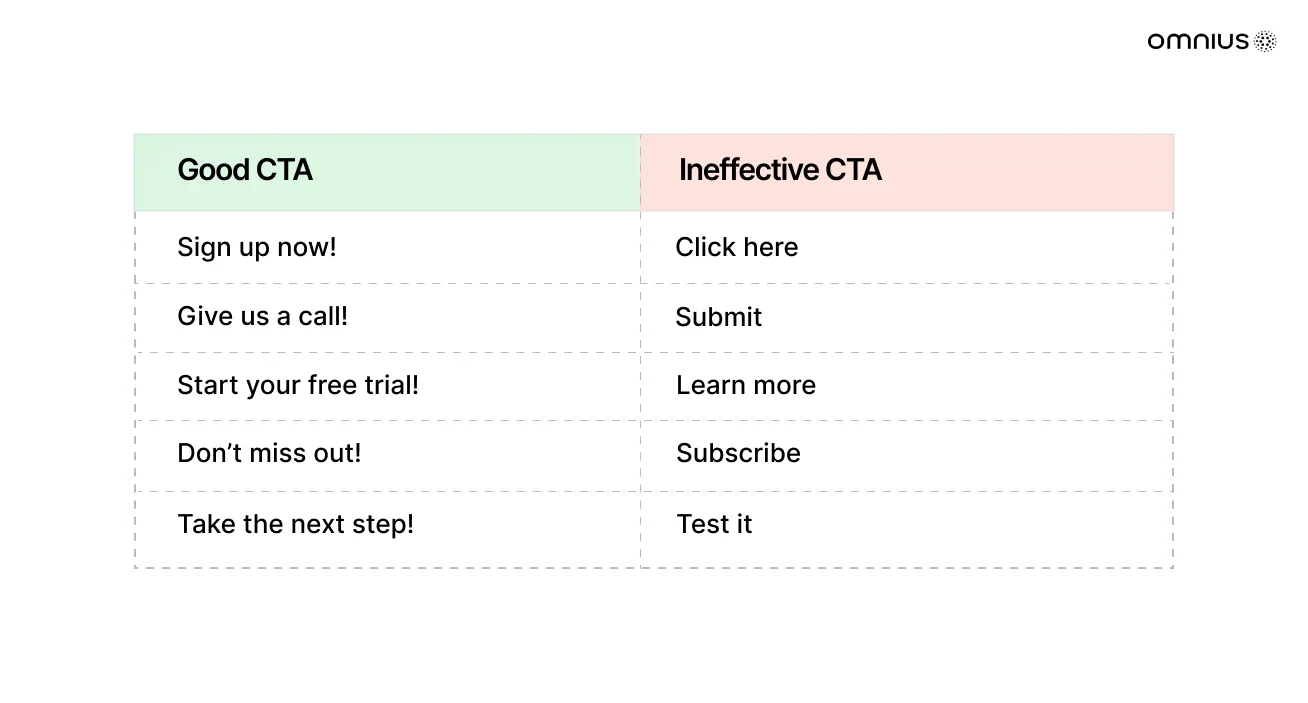
Note: To be effective, CTAs should be clear, direct, and actionable and placed prominently in your content so that readers notice them quickly.
7. Consistently Track and Measure Your Results
To boost conversions from your content, tracking your content marketing results closely is essential as it helps you understand:
- Which types of content generate the most conversions (like listicles, how-to guides, or interactive content)?
- The common traits of your best-performing content.
- Which headlines attract the most clicks and traffic?
- Which content isn’t delivering enough results to justify the investment in creating it?
You can gather all this information by monitoring your web analytics, with Google Analytics or PostHog being a great place to start.
Here are some essential metrics you might not be tracking right now:
✅ Leads generated – Identify which pieces of content bring in leads directly or indirectly.
✅ Content effectiveness – To truly evaluate your content’s impact, go beyond page views and consider social shares, direct conversions, and potential future conversions stemming from initial engagement.
✅ Shareability factor – Determine which content pieces your audience finds irresistible and is eager to share with others.
✅ Backlink acquisition – Track which content receives the most backlinks, as this indicates others see it as valuable and can also enhance your SEO, driving more traffic to your site.
Good-performing Examples of Content That Converts
Now that you know how to create content that converts, let’s check out some of the best examples.
1. Case Studies and Success Stories
Case studies are a great way to show off how your product or service delivers accurate results.
They tell the story of how you solved a problem for a customer and the positive outcomes that followed, such as:

A well-done case study highlights the challenge, the solution you provided, and the results achieved, proving your expertise and building trust.
By sharing success stories, you can turn skeptical prospects into loyal customers by giving them solid proof that what you offer works.
Here are some of our case study examples to get a better understanding:
2. Product Demos and Tutorials
Product demos and tutorials are key to creating content that drives conversions.
By offering videos or step-by-step guides, you show potential customers exactly how your product works and highlight its benefits.
This type of content helps answer common questions and clears up any concerns, making it easier for prospects to feel confident buying.
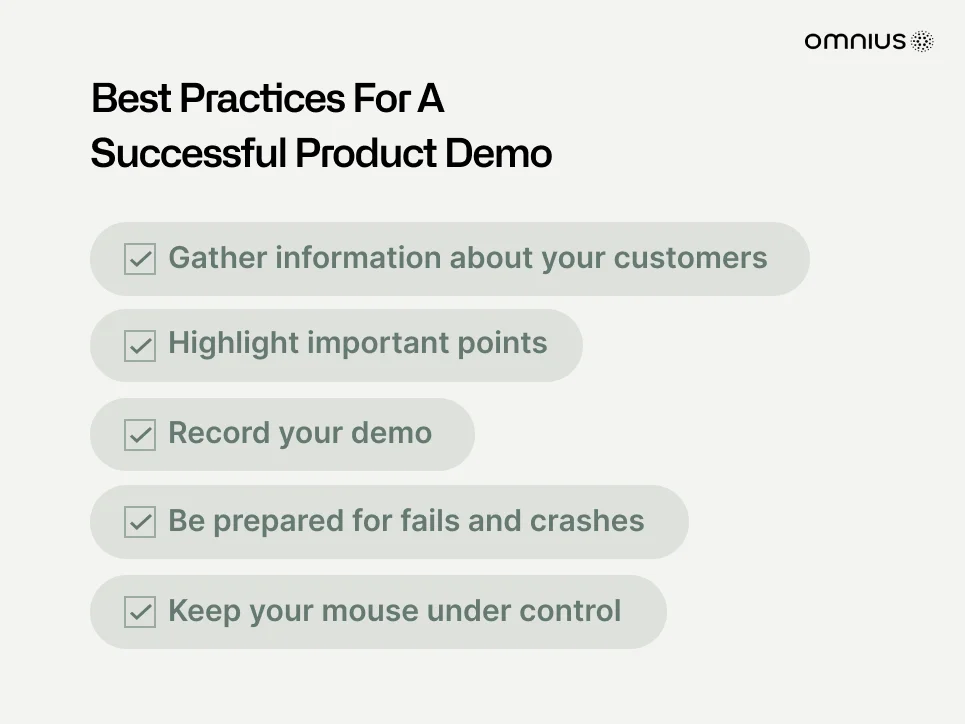
3. Comparison Based Articles
Comparison articles help potential buyers make informed decisions by directly comparing two or more products.
They typically evaluate important factors such as performance, pricing, features, and customer support, giving readers a clear understanding of how the products compare.
While writing comparison articles, make sure to:
- Provide a truthful and neutral comparison.
- Use clear and consistent comparison points.
- Help readers easily determine which option suits them best.
For example, ‘SEMrush vs. Ahrefs: Which SEO Tool is Right for You?’ can guide potential customers by comparing key features like keyword research, site audits, and competitor analysis, helping them pick the best fit.
4. User-Generated Content and Reviews
User-generated content (UGC) and customer reviews are powerful tools for boosting conversions.
Positive reviews and testimonials from actual customers help build trust and credibility.
Especially having them in a video format is something that can help you increase your conversions dramatically.
Lemlist, for example, uses this technique in a pretty solid way, including short video testimonials from their users and results they achieved.
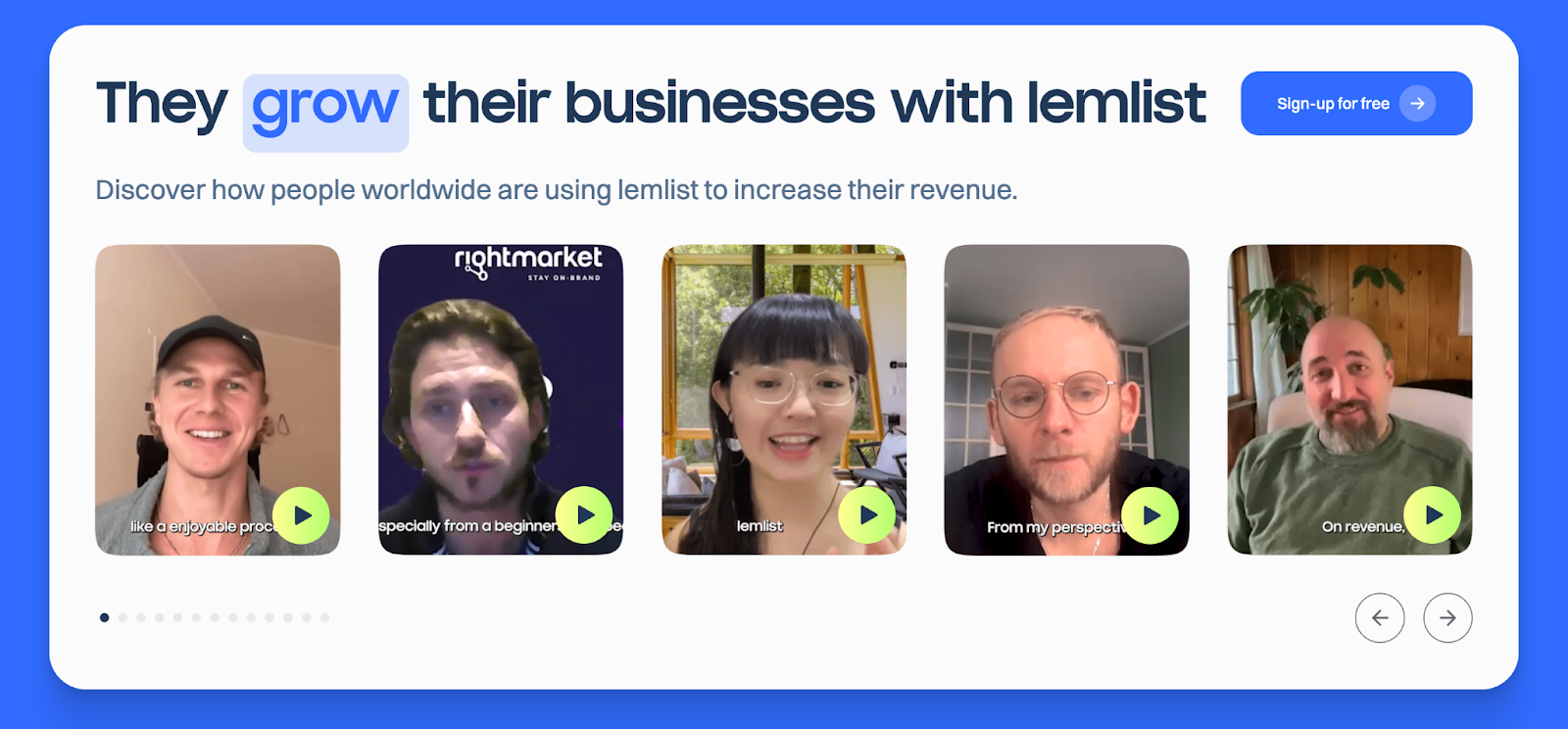
Newly established businesses can also use it to attract early adopters by putting more focus on testimonials from beta testers or other early adopters, such as UXMaps does.
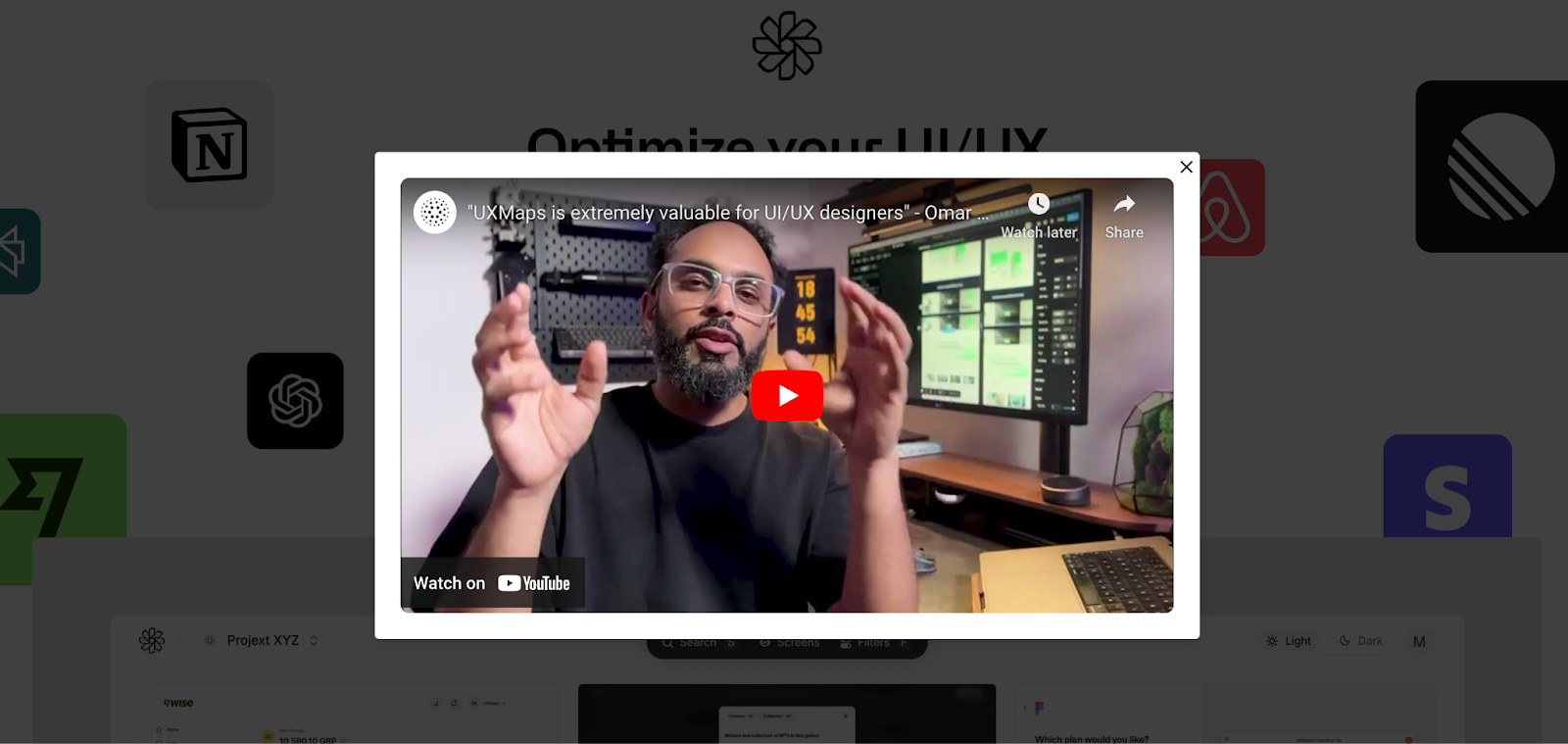
So, how do you implement this in your business?
Encourage your customers to share their experiences on social media and review platforms.
Providing users who create reviews with some gifts, special offers or including them in an affiliate program can be great motivation to share their experiences and promote your brand.
Remember, featuring UGC on your website and in your marketing can significantly improve your conversions.
5. Alternative-Based Articles and Pages
Alternative-based articles present various approaches to a topic, offering different solutions, perspectives, or strategies to solve a problem.
By comparing these options, readers can easily find the one that best suits their needs.
For example, an article titled “5 Ahrefs Alternatives for SEO Analysis” could explore tools like SEMrush, Moz, Ubersuggest, SE Ranking, and Serpstat, comparing their features, pricing, and performance to help users decide which is best for their SEO needs.

An alternative page is content that compares your brand to one or more competitors.
It highlights the features and benefits your ideal customer cares about, showing why your product or service is a better choice.

There are two types of alternative pages:
- One-on-one comparisons – These pages directly compare your brand with a top competitor.
Here is a good example of this page from SureTriggers:

- Multiple comparisons – These pages compare your product against several competitors, helping you emphasize what makes your offering stand out.
These pages generate a Conversion rate between 5-15% for our clients on a constant basis, so why wouldn’t it do the job for you?
Conclusion
Creating content that converts requires more than excellent writing—it demands strategy, audience understanding, and a focus on delivering value.
By following these steps to create high-converting content, you will be able to craft content that fulfills its full potential and drives meaningful actions.
Whether your goal is to generate leads, boost demo calls, or convert them into paid users, the key is to engage readers, solve their problems, and guide them naturally toward the next step.
If you are unsure where to start, Omnius can help you!
Book a 30-minute call to explore how we can help you tailor a cost-effective content marketing strategy that converts like crazy!
Nguồn: omnius.so
